by Lisa Cooke | Jun 13, 2016 | 01 What's New, Adoption, Brick Wall, Family Reunions, Health History, Trees |
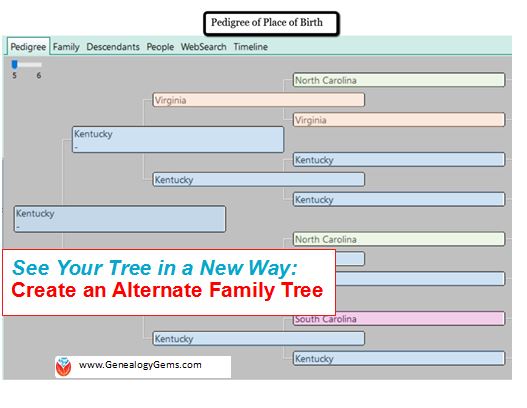 Use an “alternate family tree” to emphasize unique or interesting patterns in your family history, such as eye or hair color, birthplace, age at death, or adoption. Here’s how to do it–and WHY.
Use an “alternate family tree” to emphasize unique or interesting patterns in your family history, such as eye or hair color, birthplace, age at death, or adoption. Here’s how to do it–and WHY.
Alternate family trees are popping up all over social media and genealogy blogs. Have you seen them? Some trees emphasize the age at death, cause of death, or birthplace for each individual.
There can be tremendous value to creating trees like these. Recognizing patterns can help tear down brick walls. Imagine a pedigree chart with birth places instead of names. It’s a new way to see migration patterns. I also love the a-ha moments I have! For example, the time I realized my hair and eye coloring likely came from my maternal great-grandmother who I have a special connection with.
I can share these quick “did you know” revelations with my relatives on social media (totally shareable images!) or at family reunions. Images are often more powerful than words because they are easy to glance over. Your family won’t be able to resist taking a look, and most importantly, sharing your tree images with other family members. Shared images can generate new information when shared with the right relative. Hey, here’s an idea: you could even blow up your alternate family tree to poster size for the next family reunion!
Take a look at these examples of my own alternate family trees for age at death (left) and birthplace (right).
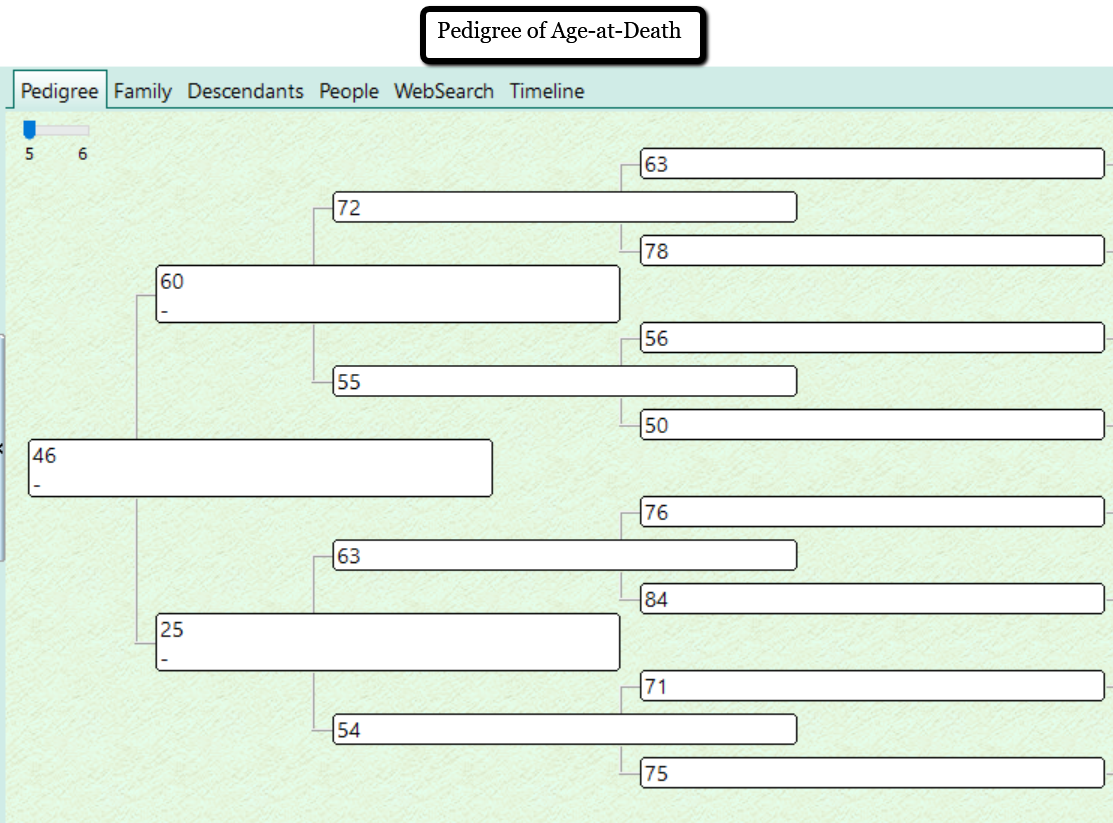
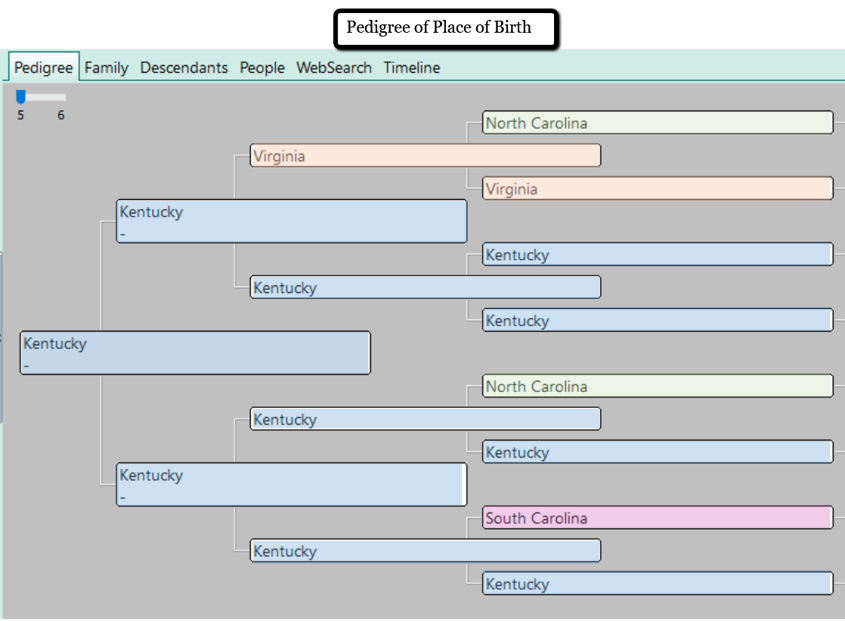
Other alternate family trees may focus on occupations, schooling, or color of eyes or hair.
I was inspired to create an alternate family tree that had significance to my own immediate family. We have a lot of adoption in our family tree. My three children are adopted, my husband is adopted, and several of my great-grandparents were raised by other family members. This is a unique perspective. Blood lines are important, but even more important are those people who influenced my family the most as caregivers.
I created a pedigree that indicates who, if anyone, the father and mother figures were. Take a look:
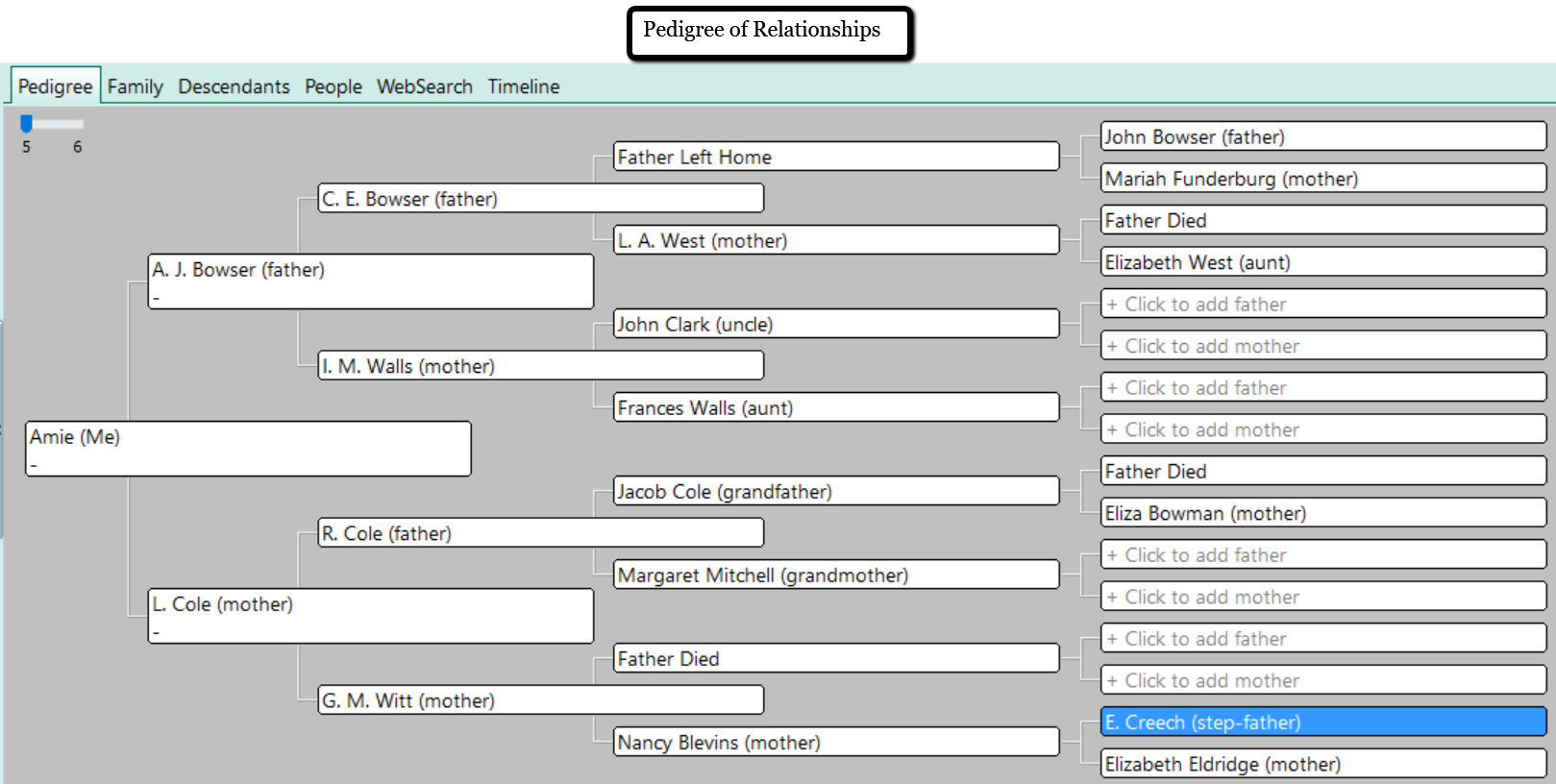
Did you notice that every set of my great-grandparents had one or more parent die or abandon them? I was shocked to see this significant ancestral dynamic. I had never considered the likely effect of such a family tree. It was fascinating!
How to Create an Alternate Family Tree
The easiest way to create an alternate family tree is to use a genealogy software program. I use RootsMagic. RootsMagic is a genealogy software program for PC and Mac computers. (Note: To use RootsMagic on your Mac computer, you will need to use the MacBridge add-on.) You can purchase the full version of RootsMagic for $29.95 or you can use the RootsMagic Essentials for free!
There are two ways to make an alternate family tree using RootsMagic. You can start from scratch or use the wall chart report.
Starting from Scratch
To start a new pedigree:
- click the “blank sheet of paper” icon at the top left. Name your tree with a title that will indicate its purpose. (Example: Age-at-Death Tree)
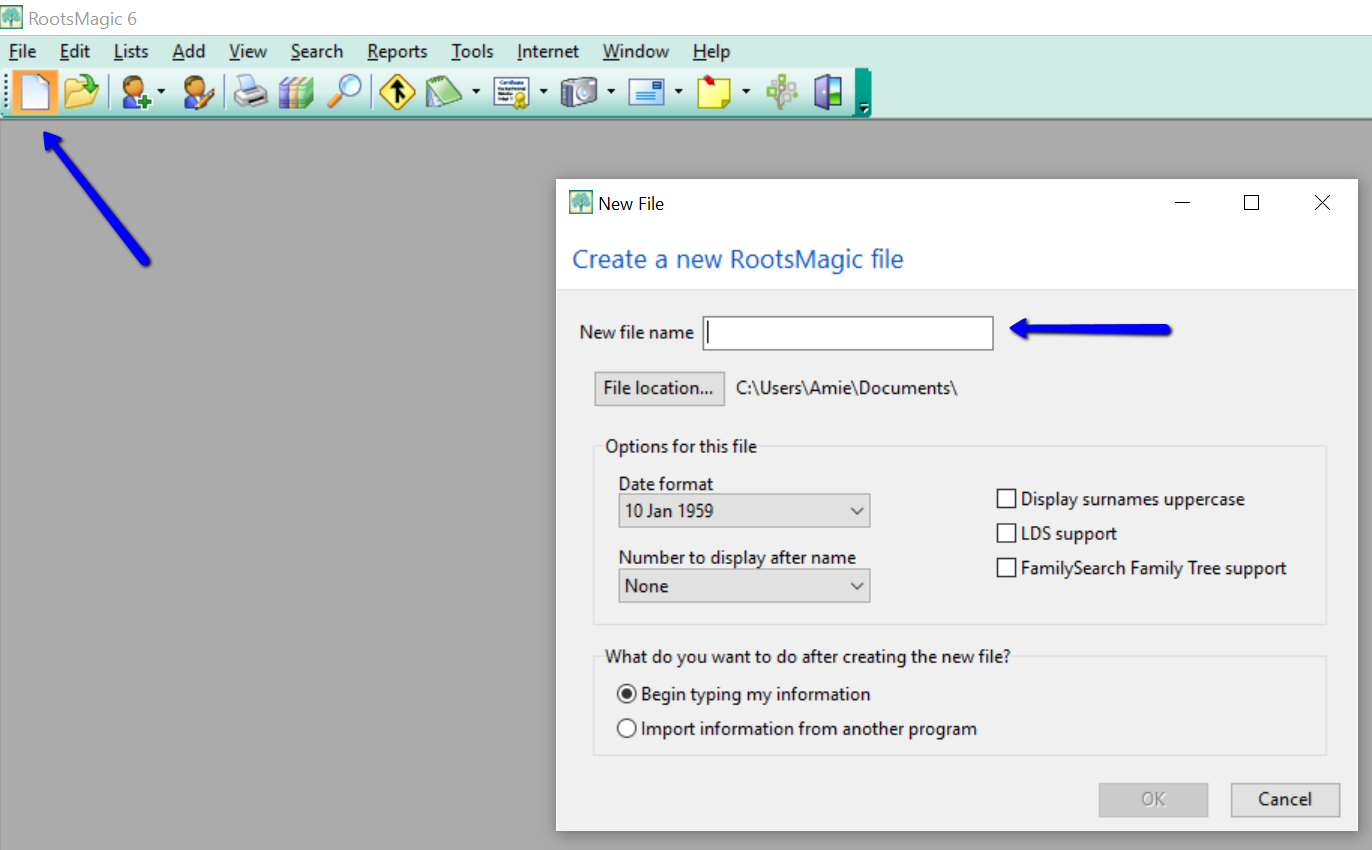
- Instead of using the names of your ancestors, use whatever alternate pieces of information you wish in the name fields.
- Now, you simply click “Reports” across the top and choose “Pedigree.” You can generate the report and print out your new alternate tree.
Using an Existing Tree
If you already have your tree on RootsMagic, you can use the Wall Chart feature to create trees with unique data.
As an example, if I wanted to create an occupation family tree, I would first need to enter that data for each person by clicking on the individual and then “Add a Fact.” From the drop-down list, choose “occupation.” Type in the occupation in the description field at the right and click “Save.”
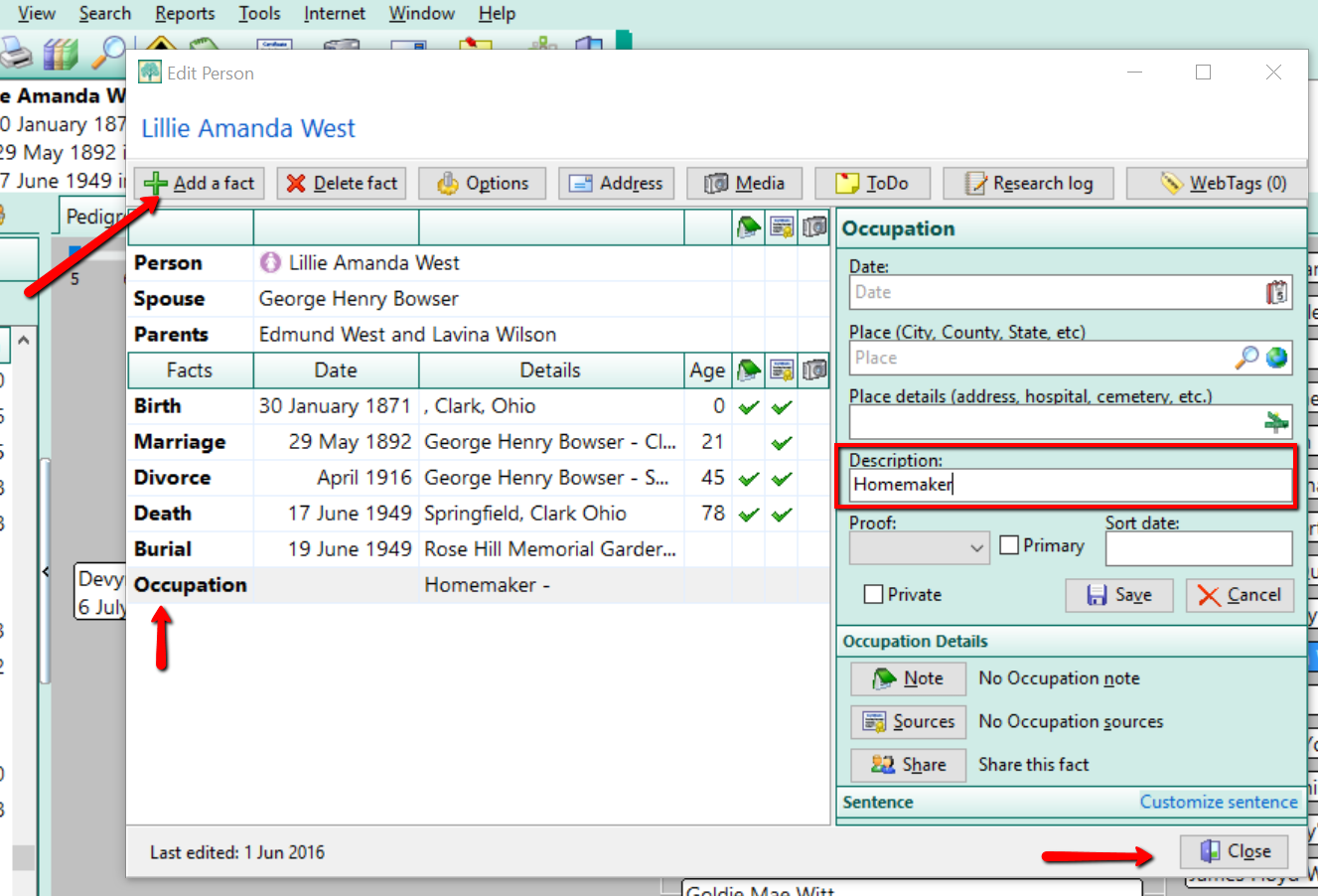
Add the occupation to each individual and when you are ready to print your alternate family tree, simply take the following steps in the image below.
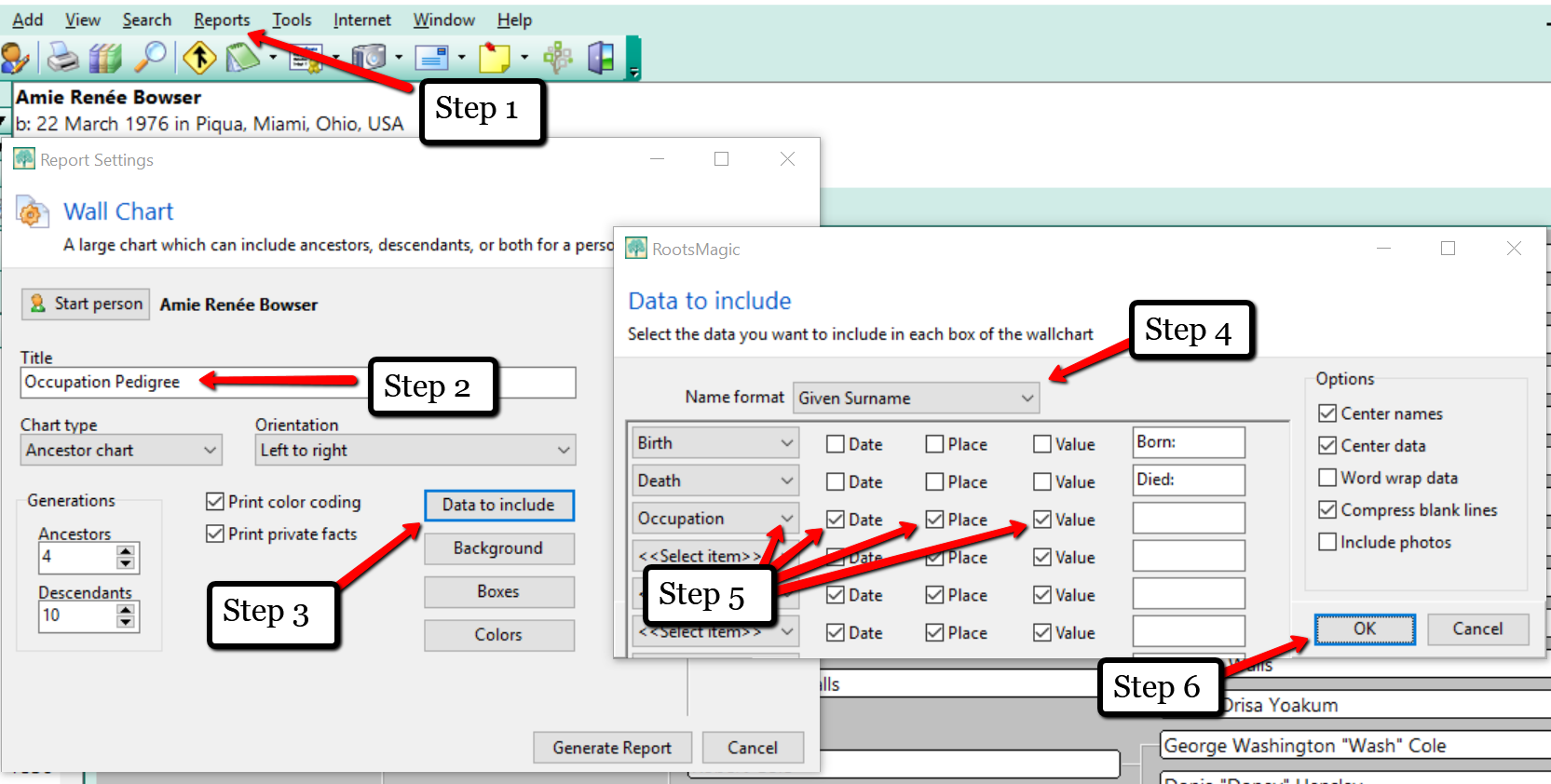
After taking these six steps, it is time to “Generate Report.” You will be taken to a new screen where you will see your creation.
Once you have completed your alternate tree, it’s a great idea to print it and lay it out in front of you. You might ask yourself, “What does this information tell me?” The interpretation of the data will be unique for everyone. Maybe your “Cause of Death Tree” will make you think, “Oh no! I should really be watching my heart health!”
I hope that you will take the opportunity to create an alternate family tree or two today. Genealogy Gems Premium website members who like this idea will also want to listen to Genealogy Gems Podcast #136, due out later this month. In that episode, Your DNA Guide Diahan Southard goes in depth on the value of gathering family health history.
How does this view of your family tree make you feel?
We love to hear from you so leave your feelings or comments below,
and please feel free to share your alternate family tree on our Facebook page!
More Family Tree and RootsMagic Gems
by Lisa Cooke | Apr 9, 2016 | 01 What's New, Source Citation, Trees
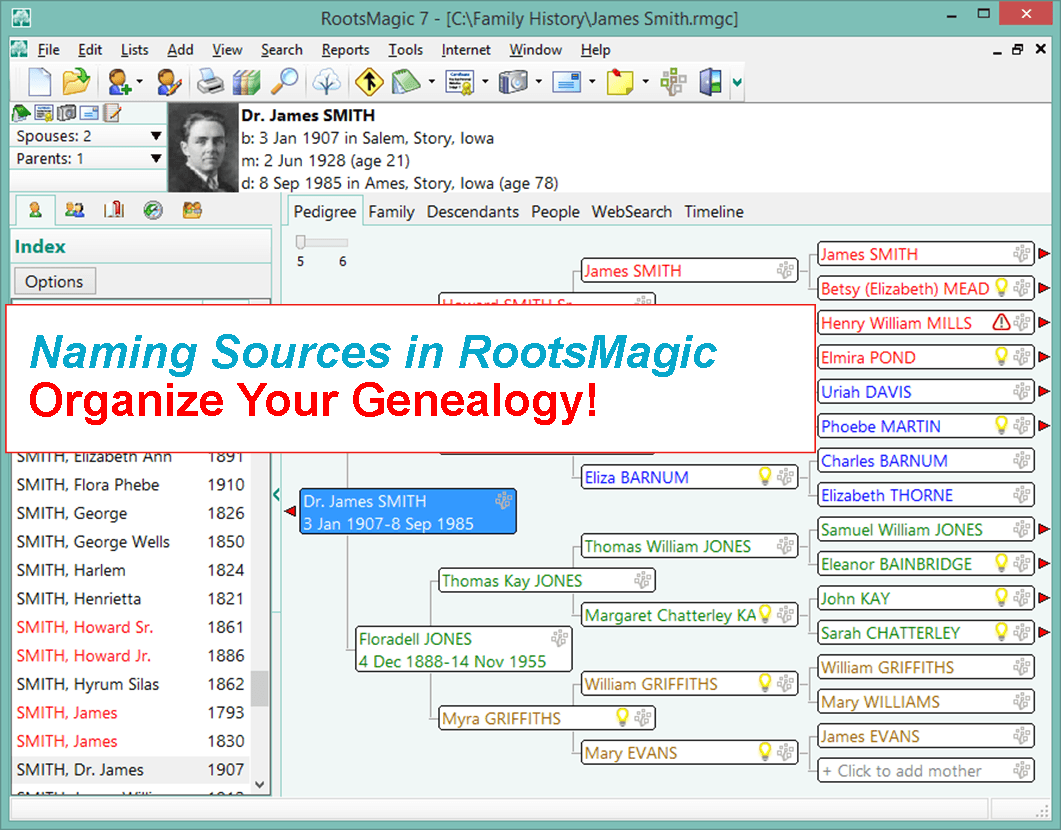
How to name sources in RootsMagic 7 is a matter of personal preference. My preference? Simply and consistently!
Helen recently transitioned from Mac Family Tree 7 to RootsMagic 7. She sent me this question about how to name sources in RootsMagic:
“I stripped out all sources from my old file before exporting the GEDCOM because I wanted to start fresh with a consistent system in RootsMagic 7. I have watched their webinars for sourcing and understand the basic how-to. I’d love to hear your strategy for naming your sources… say census records. If the names are too general, then you have a lot of data entry for each incident. But if the name is too specific, your source list gets very long very quickly. Do you add ID numbers to your sources?
Thanks to Helen for the question! Naming your sources in RootsMagic is really a personal preference, so the first rule of thumb is not so much about what you call them, but rather that you do so consistently. If you have a naming convention that you follow that works, having a very long list won’t be as intimidating.
I used to number my sources long ago in my old database software. Actually that software did it automatically which I really liked, mainly because I put that number in the name of the digital file for the corresponding record image. RootsMagic 7 allows us to attach our images, so that is no longer an issue.
Here’s an example of my simple approach to naming sources:
Record type > Year > Surname > First name (head of household)
Example: Census 1940 Moore Jay Bee
This way, all census records are grouped together in the source list. The date gives me a time frame of reference (i.e. it is Jay Bee Moore my grandfather rather than his grandfather), Surname, then head of households first name.
If the source is about Jay Bee himself, it works. The source may also mention his wife Pauline, and his son Ronald, but I don’t need to take up space including all of those name in the file name. I know that if I need a source for where Pauline was in 1940, I would find her under her husband Jay Bee. This mirrors my hard drive organization methodology, which I teach in my Genealogy Gems Premium videos.
What if there’s another related family on the same page of that census? This is where personal preference comes in. I save that same census page to the other family’s surname folder on my computer as well. Yes, it is a duplication (and I rarely duplicate effort), but in this case it works for me and I’m consistent. I find it fits better with my hard drive organization, and saves me time down the road when I’m working with a particular family. I could have named the source “Census 1940 Kings Co CA ED16-20 p6,” which is indeed one single unique page of that census but that just isn’t as helpful to me later for retrieval.
Remember, these are your sources, and you can do with them as you please. You are the only one who will be working with them. Again, I’m sharing a process that works well for me. And I always keep my eyes open for new and better ways to do things like this, but even when I find them, I weigh them against the question, “Do I really want to invest the time in changing this that I would have invested in research?” Usually the answer is “No!” unless my way has a proven flaw that will cause me more grief in the end.
There are lots of other ways to do it out there. You know me, I often turn to Google for answers. If you have a question, chances are someone out there has had it too. Google can help you quickly tap into answers. A Google search of how to name sources in Rootsmagic leads to a web page called Organizing Source Names in RM5. It’s a discussion forum where someone posted a similar question. There are a couple of very viable options offered and great discussion about how to decide what works for you. This is one reason I like and recommend RootsMagic, which is a sponsor of the free Genealogy Gems podcast–because they provide so many helpful tutorials with their software. Another great resource is a blog series by Randy Seaver (click the label “RootsMagic”) on how to enter a new source and create a citation.
More Gems on Family History Software
Keeping Up with Online and Master Family Trees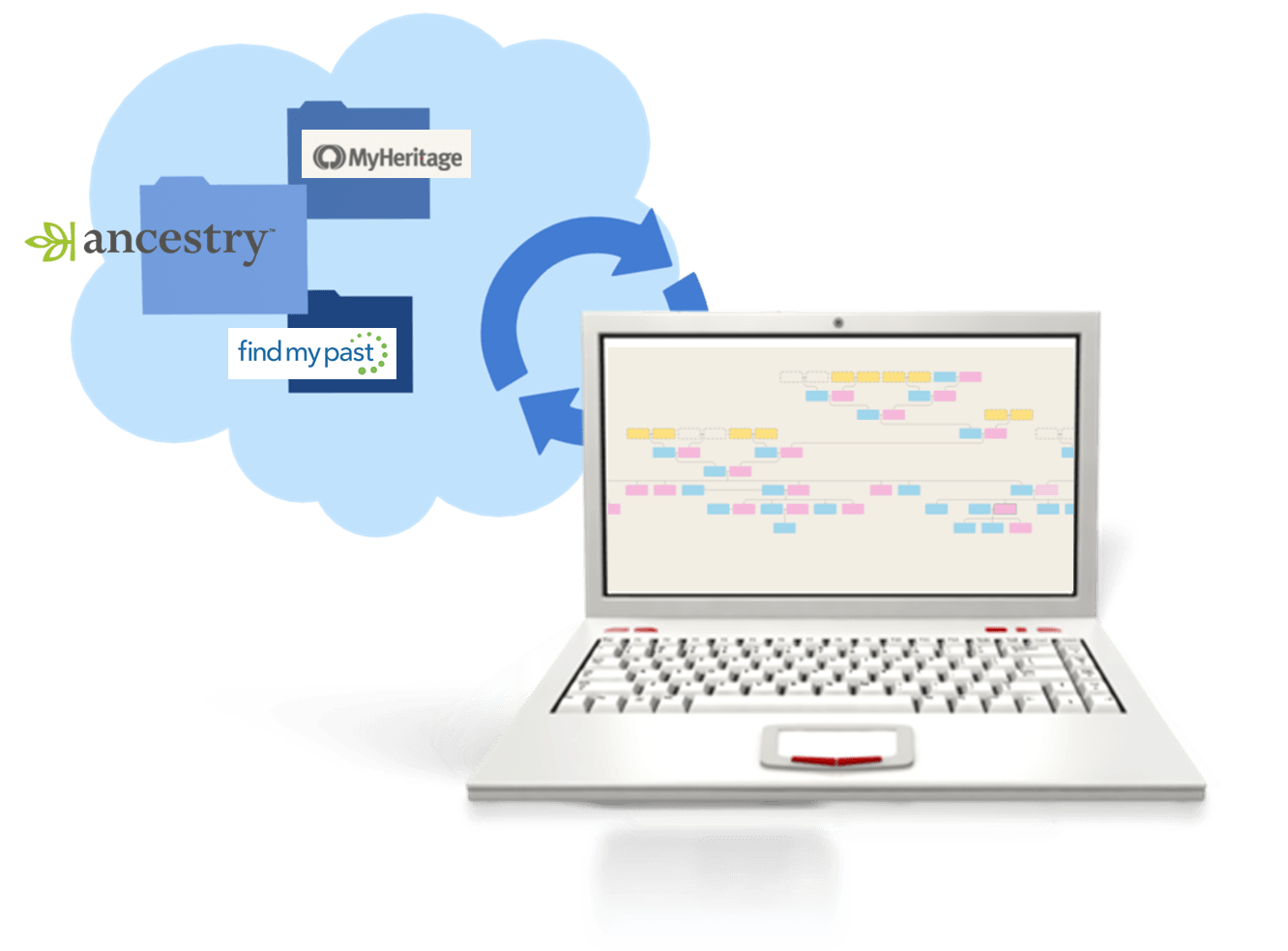
“Is That Software Expired?” Why I Wouldn’t Use Obsolete Family Tree Maker Software
How to Download and Backup Your Ancestry Data: Why To Keep Your Master Tree at Home
by | Mar 19, 2016 | 01 What's New, RootsMagic, Trees
 Family Tree Maker users can now directly import their trees into an update of RootsMagic 7.
Family Tree Maker users can now directly import their trees into an update of RootsMagic 7.
RootsMagic family history software just announced the release of RootsMagic 7.1.0.1. This new version that allows users to directly import any Family Tree Maker file.
According to a RootsMagic press release, importing Family Tree Maker files was “mostly effective” when users imported them as GEDCOMs. However, files were “often lacking data and details only found in the original file” and added an extra step in the conversion process.
Now RootsMagic 7 can actually import a bigger variety of Family Tree Maker files (more past versions) than the current software itself can do. These include Family Tree Maker 2008, 2009, 2010, 2011, 2012, and 2014 for Windows; Family Tree Maker 3 for Mac; Family Tree Maker 2010 and 2012 for Mac; and Classic Family Tree Maker files ending with the file extension .ftw.
This is a free update for RootsMagic 7 users (look for the “Update available” indicator in the lower right corner of your RootsMagic 7 program screen and click on it). Click here to purchase RootsMagic 7 (for new customers and those who have previous versions of RootsMagic). For specific instructions on importing Family Tree Maker files directly into RootsMagic 7, visit the RootsMagic blog.
More RootsMagic 7 and Family History Software Gems
 RootsMagic, FTM and the Holy Grail of Family History Software
RootsMagic, FTM and the Holy Grail of Family History Software
How and Why To Back Up Your Ancestry.com Tree (Our most popular blog post EVER)
Family History Software for Mac: Recommendations from YOU
by | Feb 20, 2016 | 01 What's New, Ancestry, Findmypast, MyHeritage, RootsMagic, Trees
 Are we getting closer to the “holy grail” of family history software: one that will sync with all the major genealogy websites?
Are we getting closer to the “holy grail” of family history software: one that will sync with all the major genealogy websites?
Ancestry.com’s unpopular announcement that it would be retiring its Family Tree Maker software was followed by a loud “never mind!” Software MacKiev has acquired Family Tree Maker software for both Mac and Windows and will continue the software’s production. According to Ancestry.com, “This new agreement means you will receive software updates and new versions from Software MacKiev, and have the ability to purchase new versions of Family Tree Maker from Software MacKiev as they are released.“
More interesting to me is the news that RootsMagic software and Ancestry.com will be connected by the end of 2016. According to a RootsMagic press release, this means RootsMagic users will “be able to display Ancestry hints, search for Ancestry records, and share data between [their] RootsMagic file and [their] Ancestry tree, all from within RootsMagic itself.” (This will be an optional function that can be enabled or disabled at will.)
Dedicated Family Tree Maker users may be relieved that their software will continue to be supported. But as someone who regularly works with different genealogy websites, I continue to prefer RootsMagic. RootsMagic 7 is already known as the software “easiest to sync with FamilySearch.” For some time, it’s been culling web hints from MyHeritage.com and it will soon start integrating hints from FindMyPast. RootsMagic even backs up directly to Dropbox and Google Drive, which is also handy for those who want to share their tree files with others.
Is RootsMagic becoming that “holy grail” of family tree softwares: the one that will sync with every major genealogy website platform? So far it’s just FamilySearch.org and Ancestry.com with current or planned syncing. But I find it so encouraging to see hinting/record searching partnerships with MyHeritage.com and FindMyPast.com, too. Of course I wonder whether tree-syncing will follow. I hope so, even though the complications of syncing (and sharing records!) across competing brands and platforms must be enormous. Of course, MyHeritage already has its own family tree software: in fact, they just released a new version, Family Tree Builder 8. FindMyPast does not have their own option (but their tree system itself is still evolving–it’s not even publicly searchable yet).
RootsMagic is a sponsor of my free Genealogy Gems podcast, but that’s not why I’m talking about it so glowingly (and I don’t receive a commission on sales of RootsMagic). I use RootsMagic family history software because it continues to stay at the forefront of providing cutting-edge features, and RootsMagic provides quality service and free tutorials. Click here to read more about why I recommend RootsMagic. Research it for yourself, and try the free version, RootsMagic Essentials (you can always upgrade later). It’s not yet the Holy Grail for family history software that syncs to every site, but it seems closer than any other option out there.
 More Gems on Family History Software Options
More Gems on Family History Software Options
 Family History Software for Mac
Family History Software for Mac
What I Do With My Family Tree
How and Why to Backup Your Ancestry Tree (My Most Popular Blog Post EVER)
 Use an “alternate family tree” to emphasize unique or interesting patterns in your family history, such as eye or hair color, birthplace, age at death, or adoption. Here’s how to do it–and WHY.
Use an “alternate family tree” to emphasize unique or interesting patterns in your family history, such as eye or hair color, birthplace, age at death, or adoption. Here’s how to do it–and WHY.














